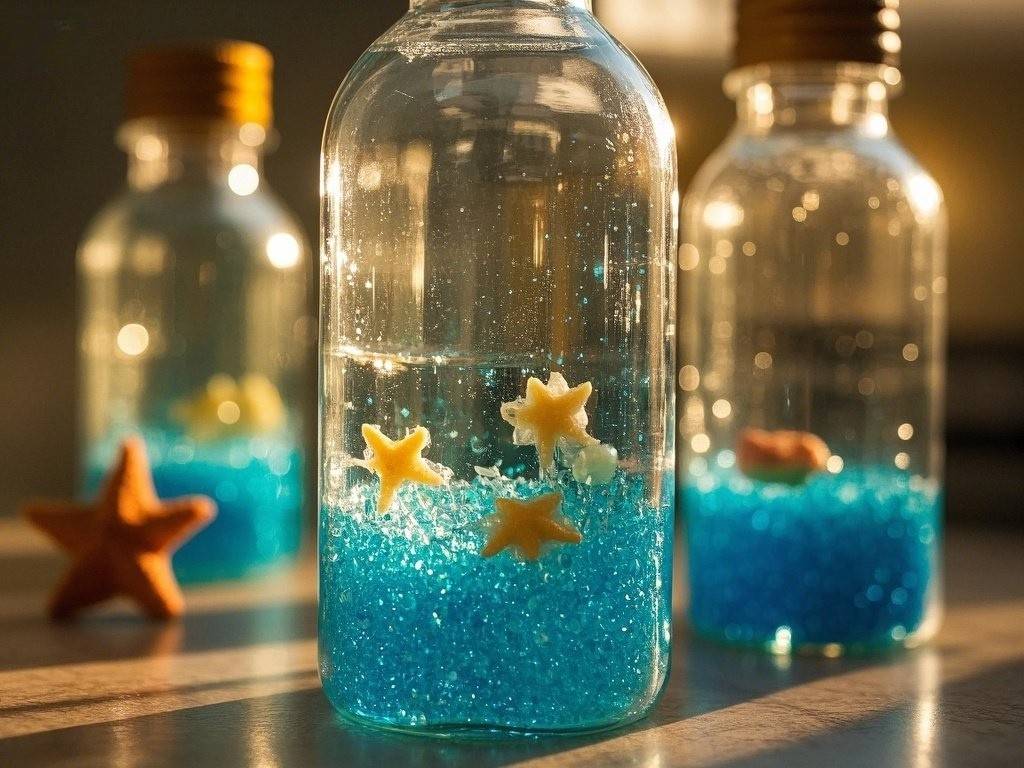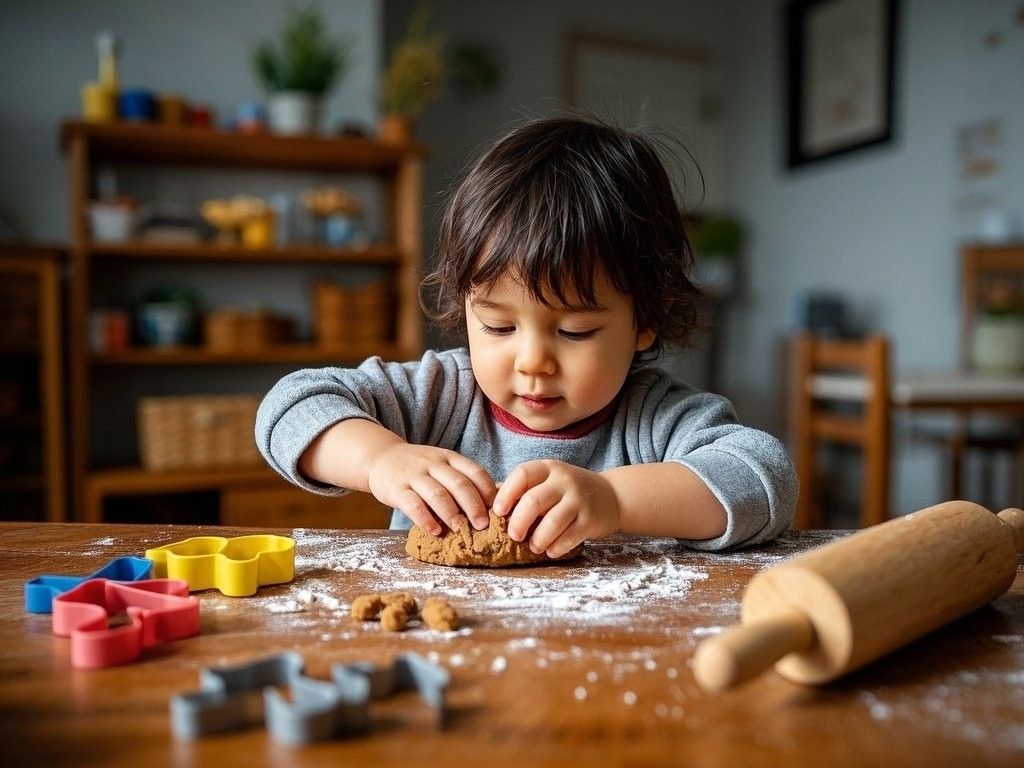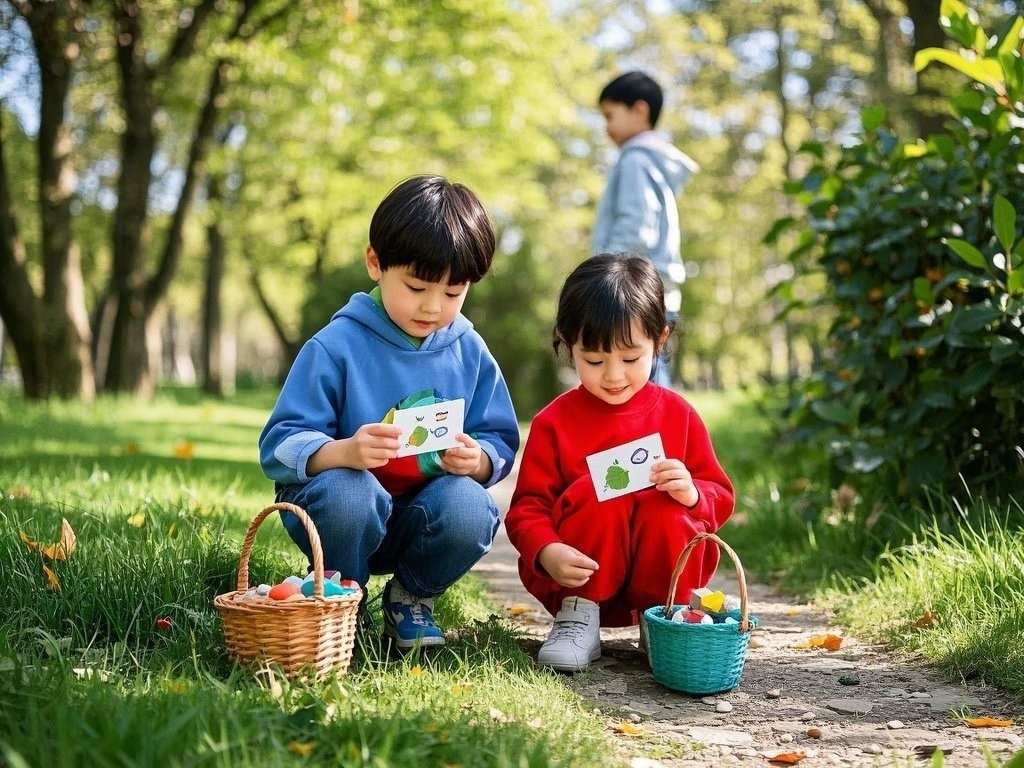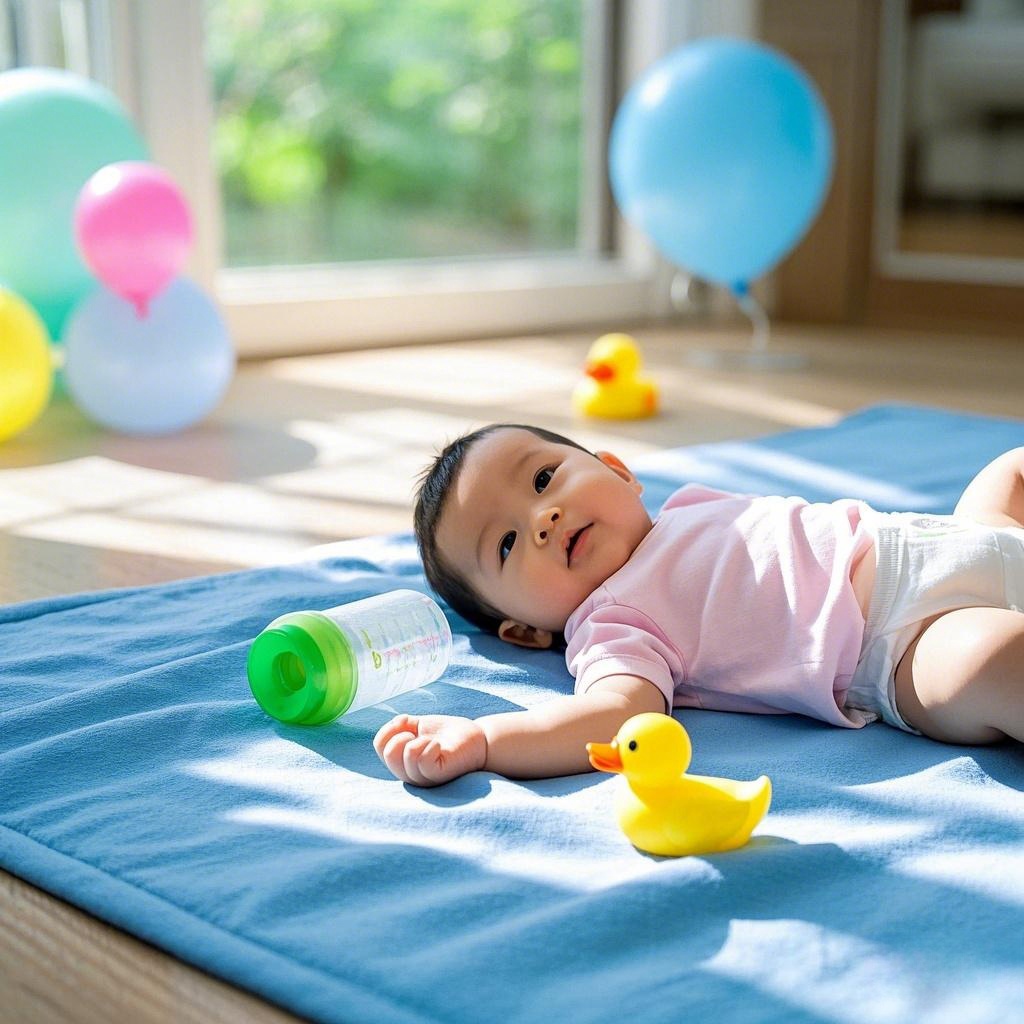Top 10 Sensory Learning Activities for Preschoolers are practical, low‑cost ways to fuel curiosity, build fine‑ and gross‑motor skills, and strengthen early language development. By tapping into sight, sound, touch, taste, and smell, you give young children the neural “exercise” they need to organize information and make sense of the world. Below, you’ll find a carefully curated list of ten engaging ideas—starting with the six you requested—each one broken into four quick‑read sections: What You Need, How to Play, Skills Strengthened, and Easy Extensions. Mix and match them throughout the week to create a rich multisensory curriculum without overwhelming your schedule or budget.
1. Sensory Bins

What You Need
• A shallow plastic tub
• Base filler (rice, beans, kinetic sand, or water beads)
• Theme objects: toy animals, magnetic letters, scoops, funnels, tweezers
How to Play
Spread an old sheet on the floor, place the bin in the center, and invite children to dig, pour, and sort. Rotate themes—“arctic animals,” “construction zone,” or “rainbow letters”—to align with current lessons. Encourage descriptive talk: “The sand feels gritty,” “The beans make a soft clinking sound.”
Skills Strengthened
Fine‑motor control, hand–eye coordination, scientific categorization, oral language.
Easy Extensions
Hide sight‑word cards beneath the filler or add measuring cups for early math. Swap warm rice for chilled rice to introduce temperature contrast and new vocabulary.
2. Sensory Bottles

What You Need
• Clear plastic bottles with tight‑sealing lids
• Fillers: colored water, glitter, oil, sequins, miniature figurines, buttons
How to Play
Children fill bottles halfway with water, add glitter or objects, then top up with clear oil. Seal lids with hot glue for safety, shake, and watch slow‑motion swirling patterns. Ask guiding questions: “What floats? What sinks? How long do the sparkles take to settle?”
Skills Strengthened
Visual tracking, cause‑and‑effect reasoning, calming self‑regulation, vocabulary about density and buoyancy.
Easy Extensions
Create emotion‑themed bottles—red glitter for “anger,” blue for “calm”—and pair with breathing exercises. Use glow‑in‑the‑dark stars for a nighttime bottle ideal in darkened reading corners.
3. Sensory Playdough

What You Need
• Homemade or store‑bought playdough
• Add‑ins: cinnamon, cocoa, dried lavender, coarse salt, glitter, or sand
• Tools: rolling pins, cookie cutters, garlic press, plastic knives
How to Play
Knead scents, textures, or colors into separate dough batches. Invite children to roll snakes, press shapes, or snip with plastic scissors while describing smells—“minty,” “spicy,” “sweet.” Encourage storytelling: “This spiky ball is a desert cactus.”
Skills Strengthened
Fine‑motor strength, bilateral coordination, olfactory discrimination, imaginative language.
Easy Extensions
Introduce math by asking kids to form numerals or create “cookie” sets to practice one‑to‑one correspondence. Chill dough for temperature change or replace wheat flour with gluten‑free blends to accommodate allergies.
4. Sensory Scavenger Hunt

What You Need
• Picture cards showing items to find (smooth rock, fragrant flower, crackly leaf, etc.)
• Small baskets or zip bags for collecting treasures
How to Play
Hide multi‑texture items indoors or outdoors. Hand each child a card set and invite them to locate objects matching each sensory clue. Afterward, gather in a circle to share discoveries, encouraging adjectives: “rough,” “silky,” “pungent.”
Skills Strengthened
Auditory processing (listening to instructions), tactile discrimination, teamwork, early literacy through picture–word association.
Easy Extensions
Add sound clues—“Find something that rattles”—or blindfold partners for a trust‑building “touch only” round. Turn it into a photo hunt with tablets for digital literacy practice.
5. Sensory Nature Walk

What You Need
• Clipboards, crayons, and “five‑senses” checklist sheets
• Magnifying glasses, portable microscopes (optional)
How to Play
Stroll through the school garden or local park. Pause frequently: smell pine needles, feel bark, listen to bird calls, gaze at cloud shapes, taste an herb from the garden (with permission). Children tick boxes for each sense engaged and sketch quick observations.
Skills Strengthened
Mindful attention, descriptive language, science observation skills, emotional regulation through outdoor time.
Easy Extensions
Take audio recordings of birds and create a class sound library. Back inside, craft a mural combining leaf rubbings and on‑the‑spot poems, turning sensory impressions into art and literacy connections.
6. Sensory Obstacle Course

What You Need
• Pillows, balance beam or masking‑tape line, bubble wrap, tunnels, mini‑trampoline
• Simple signs with arrows or symbols
How to Play
Set up stations: tiptoe across bubble wrap for auditory feedback, crawl through a crunchy‑leaf tunnel, walk the balance beam while holding a jiggling balloon. Use timers to add a playful challenge. Allow multiple rounds so children can refine movements and build confidence.
Skills Strengthened
Gross‑motor planning, proprioception, balance, self‑confidence, turn‑taking.
Easy Extensions
Add scented markers at a midway checkpoint so participants stamp their hand with a smell they like, merging olfactory input with physical play. Shine colored lights or play rhythmic music to build multisensory layering.
7. Sensory Art Wall

What You Need
• Large vertical cardboard or foam board
• Materials with varied textures: bubble wrap, aluminum foil, velvet scraps, sandpaper, feathers, textured wallpaper samples
• Washable glue and paint
How to Play
Invite children to paint glue on the board and press materials in mosaic fashion. Encourage exploration of textures before sticking: “Which feels bumpy? Which feels slick?” After drying, the wall turns into a permanent tactile panel for daily “touch and describe” moments.
Skills Strengthened
Tactile vocabulary, spatial awareness, creativity, pincer grasp while tearing and placing pieces.
Easy Extensions
Introduce themed panels—“under the sea” with netting and shells—or attach labels in both uppercase and lowercase letters, reinforcing print awareness alongside sensory exploration.
8. Sensory Water Table

What You Need
• Watertight tub or actual water table
• Cups, pipettes, sponges, floating toys, ice cubes, lemon slices, food coloring
How to Play
Fill with lukewarm water and a few drops of blue coloring. Offer tools for pouring, squeezing, and squirting. Rotate temperature—from cool morning water play to warm, sudsy afternoon explorations—and scents by adding citrus slices or aromatic herbs.
Skills Strengthened
Motor planning, scientific inquiry (sink vs. float), temperature awareness, cooperative social play.
Easy Extensions
Add a waterproof alphabet mat at the bottom for letter fishing or freeze small toys in ice blocks to “rescue,” introducing states of matter and patience.
9. Sensory Sound Matching

What You Need
• Opaque containers (plastic eggs, film canisters, or mini boxes)
• Pairs of fillers: rice, paper clips, dried beans, buttons, sand, bells
How to Play
Fill each container pair with the same material, seal, and mix. Children shake two at a time, trying to match identical sounds through careful listening. They place matched sets on a labeled tray—“soft,” “medium,” “loud.”
Skills Strengthened
Auditory discrimination, memory, concentration, vocabulary for volume and pitch.
Easy Extensions
Record the sounds and let kids visualize them as simple bar graphs, weaving early data skills into the game. Blindfold confident listeners to heighten their auditory focus.
10. Sensory Light Box Exploration

What You Need
• Store‑bought light table or DIY version (clear storage bin, LED strip, parchment)
• Translucent items: colored acrylic shapes, plastic letters, magnetic tiles, x‑ray film, textured cellophane
How to Play
Dim the classroom lights and present the glowing surface. Children layer shapes to see new colors emerge, trace letters onto paper overlays, and notice how textures look different when lit from below. Prompt comparisons: “How does the bumpy cellophane bend light?”
Skills Strengthened
Visual‑perceptual skills, color theory, early literacy, scientific curiosity about light and transparency.
Easy Extensions
Introduce storytelling by sequencing translucent character silhouettes or explore math by overlapping geometric shapes to discover nested figures.
Quick Tips for Seamless Sensory Success
- Start Small: Introduce one new activity per week, building a predictable routine so children know what to expect.
- Watch for Overload: Some kids need gradual exposure to intense textures or sounds. Offer opt‑out spaces and noise‑canceling headphones when necessary.
- Document Learning: Snap photos, jot anecdotal notes, and keep individual “sensory passports” showing preferences and progress—handy for parent‑teacher conferences.
- Prioritize Safety: Use taste‑safe materials for toddlers, secure small parts in bottles, and always supervise water play or climbing elements.
- Invite Reflection: After each session, gather for a brief group chat. Ask open‑ended questions: “What part felt smooth?” “Which sound surprised you?” Reflection turns raw sensations into language, memory, and meaning.
Conclusion
Incorporating this lineup of Top 10 Sensory Learning Activities for Preschoolers into your weekly plan doesn’t require specialized equipment—just a bit of creativity and a willingness to let children explore with all five senses. Whether they’re molding scented playdough, tiptoeing across bubble wrap, or matching mystery sounds, preschoolers develop stronger neural pathways, richer vocabularies, and greater confidence in their ability to investigate the world. Rotate themes, adapt to individual needs, and always celebrate discoveries, large or small. Sensory play is far more than messy fun—it’s a foundational pathway toward lifelong curiosity and holistic development.





